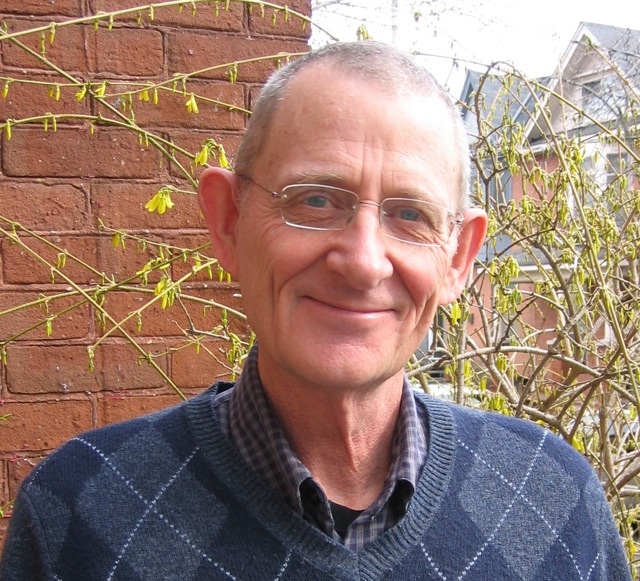No more excuses: people have the right to know about U=U

“The time for excuses is over. It’s very, very clear that the risk is zero. If you are on suppressive antiretroviral treatment you are sexually non-infectious” — Dr. Alison Rodger of University College London, lead author of PARTNER 2, presenting at the 22nd International AIDS Conference in Amsterdam, July 25, 2018.
It’s difficult to overstate the power of this message for people with HIV, such as myself, because it changes what it means to live with HIV. It opens up social, sexual and reproductive choices we and our sexual partners never thought would be possible. It encourages those of us with HIV to start and stay on treatment to keep both us and our sexual partners healthy. It’s an opportunity to transform how we see ourselves, how we’re perceived by our families and friends, by our current or potential sexual partners, and by people in general.
While this message is primarily focused on the individual, it provides those of us working in the field with a new tool for advocacy. It can raise broader public awareness of HIV, help reduce stigma towards people living with HIV, undermine self-stigma, increase testing, motivate early initiation of treatment, and improve treatment adherence. And it offers a strong public health argument for the provision of, and access to, testing, treatment and care. It also provides an opportunity to imagine a community without boundaries between those of us who live with HIV and those who don’t, a community where the lives of all are valued.
These are the keys to ending the epidemic of new HIV infections, both in Canada and globally.
I’ve worked with people living with and at risk for HIV since the beginning of the epidemic. While we still have no cure, I’ve been witness, over those 35 years, to two remarkable scientific developments. The first happened in 1996, when, at the International AIDS Conference, held that year in Vancouver, researchers, working alongside community members, announced that combination antiretroviral therapy had changed HIV from a virtual death sentence to a chronic, but manageable condition. The second came more slowly. In the years since Vancouver, there’s been increasing evidence that antiretroviral therapy also reduces HIV transmission. By 2016, there was sufficient evidence that enabled us to say definitively that “Undetectable equals Untransmittable”— or “U=U”. In other words, HIV transmission between sexual partners does not occur when the viral load is undetectable.
Yet, getting this message of freedom and hope to people who need to hear it has been one of the greatest challenges HIV advocates, such as myself, have faced. Maybe it’s not surprising, though. Saying that someone like me with an undetectable viral load cannot pass on HIV to my sexual partners, with or without a condom, is radical. It undoes 35 years of previous messaging that saw people like me as vectors of disease from whom the public had to be protected. We now know that past messaging is inaccurate and, as a consequence, has to change. And while the new message of U=U has reached far more people than “Treatment as Prevention” ever did, the concept incorporates some complexities that may have prevented it from reaching a wider audience. But people have the right to be informed about U=U, and it’s our responsibility as service providers and health care practitioners to disseminate this information in a way people can understand and use.
That’s a responsibility that many of us have failed to take seriously. All too often, I hear in the course of my work that people have never heard about U=U, or heard about it from a friend or from social media, rather than from their doctor or their local AIDS service organization. I’ve heard people say that “my doctor doesn’t believe in it”. And I’ve heard frontline workers say that they’d like to talk with their clients about U=U, but they can’t because senior managers or the board of their organization hasn’t adopted a position on it.
Denying this information to people who need to hear it, keeping them in the dark because of our fears that they may not fully understand it, or may misinterpret it, or because we believe they have more important things to think about, or because we ourselves are not completely on board with the science, is, frankly, unethical and a violation of their rights. And there is a word for that: gatekeeping. And it has to stop, because it’s harming people. In the words of Nic Holas, a prominent Australian HIV advocate who spoke at the International AIDS Conference in Amsterdam this past July, “Zero risk has to mean zero excuses. If you sit on this information and don’t share it, you’re killing us.”
As service providers and healthcare practitioners, we, and the organizations that employ us, are uniquely placed to bridge the gap between the science and community engagement on U=U. As individuals and organizations who are directly supporting people living with HIV and at risk of HIV, we must nurture and guide conversations. U=U is a new reality that comes with complexities. It’s our job to communicate and facilitate engagement in this new landscape. Therefore we must embrace the science of U=U and celebrate the message it sends: people who are undetectable cannot transmit HIV to their sexual partners.
John McCullagh is chair of CATIE’s board of directors.

1 Response